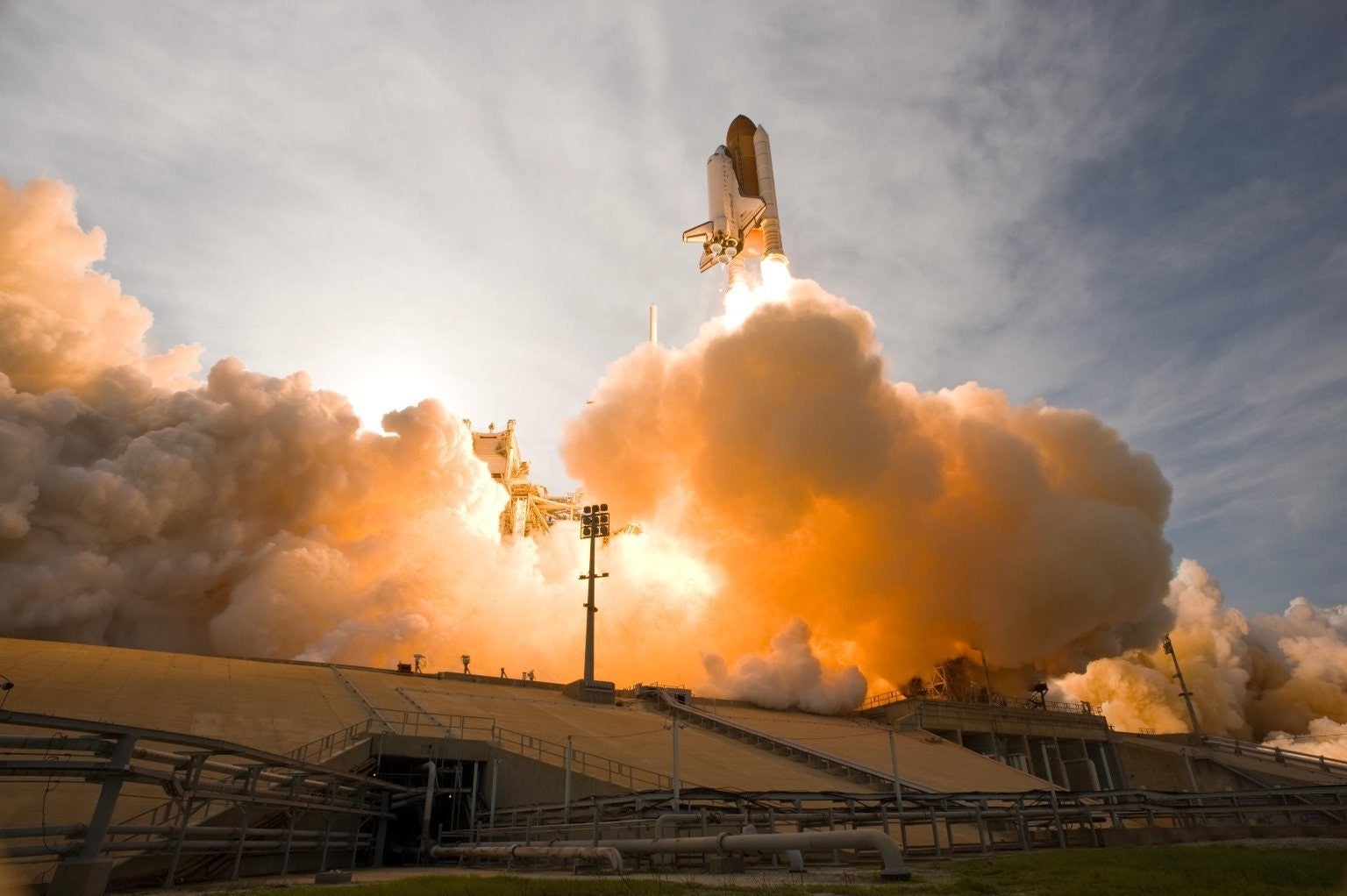In this blog we will discuss a tax strategy that employees participating in the Northrop Grumman 401(k) should know about. Northrop Grumman employees who are saving above the 2023 401(k) employee contribution limit of $22,500 ($30k including the $7,500 catch-up for those who are age 50+) are generally making after-tax contributions. While these after-tax contributions are not deductible like traditional pre-tax contributions, it is particularly a great way for those nearing retirement who want to sock away a little extra in the final years leading up to the big day.
While the pre-tax and Roth 401(k) contributions are limited to $22,500 in 2023, combined employee and employer contributions are maxed out at $66,000. There is also an extra $7,500 age 50+ catchup on top of that. Assuming your employer doesn’t match anything or deposit profit share contributions, you could have extra room for $66,000 – 22,500 = $43,500 in additional employee after-tax contributions.
Northrop Grumman employee benefits are great!
Northrop Grumman, headquartered in Falls Church, Virginia, is a great company with some very appealing employee benefits. But for many employees, simply directing money into the funds in your 401(k) can leave opportunity for tax savings on the table. We’re going to outline a strategy with a bit more depth to it….
But first…
What is an after-tax contribution?
Unlike a traditional pre-tax contribution to your 401(k) that reduces your gross income, the after-tax contributions are post-tax and do not provide a deduction from gross income. These after-tax contributions have two components: “cost basis” and “earnings”.
The cost basis is simply the principal amount of after-tax contributions deposited into the account.
The earnings component is any and all earnings on those contributions.
It is important to note that any investment earnings on those after-tax contributions are classified as “pre-tax” amounts and will be eventually taxed, similar to a traditional pre-tax contribution. The 401(k) Plan Administrator will keep track of these separate balances for you.
How do these components impact my withdrawals?
Before we get into it, here are some terms to know:
A transfer involves moving money to another qualified plan/account – if done properly, there is no tax consequence.
A withdrawal from a 401(k) is money taken out of the account and sent to you.
Note, withdrawals from a 401(k) are taxed as ordinary income and as a result, have at least a mandatory 20% for federal taxes.
If you’re over age 59½, and request a withdrawal from your Northrop Grumman 401(k) that has after-tax contributions in it, the withdrawal amount will be taxed on a pro-rata basis. This means any withdrawal will consist of both a taxable portion and tax-free return of your basis (total after-tax contributions). To find the percentage of withdrawal that is a tax-free return of basis, divide your total after-tax contributions by your total 401(k) balance.
For example, let’s look at an $800k 401(k) balance made up of $100k in after-tax contributions and $700k of earnings and other pre-tax amounts like pre-tax contributions. This means $100k ÷ $800k = 12.5% of any withdrawal will be tax-free and the remaining 87.5% is taxable.
You may ask, “Can’t I just tell my 401(k) provider I want my withdrawal to be made with all of the after-tax dollars so I don’t have to pay tax?”
The answer: No.
You cannot isolate or “cherry-pick” those tax-free dollars within the 401(k) if you request a withdrawal.
What’s the alternative?
Particularly within the Northrop Grumman 401(k), once a participant has reached age 59½, the “cost basis” and “earnings” components of after-tax contributions can be separated by transferring the “cost basis” portion to an outside Roth IRA.
If executed properly, the transfer will not be taxable and the future earnings and growth will be tax-free Roth money, assuming qualified distribution rules have been met. This can be huge tax savings compared to leaving it in the 401(k) where any growth will eventually be taxable upon withdrawal – don’t let yourself pay more tax in the future! Using this scenario, you will end up with two buckets: a pre-tax bucket where withdrawals are taxable, and a Roth Bucket where qualified withdrawals are tax-free. Also, if you are over age 59½, you can access your converted after-tax funds (now in the Roth IRA) immediately without taxes and penalties.
Important point:
The flexibility in retirement to pick and choose which bucket your retirement income comes from allows for much better tax planning, let alone having a tax-free source for those unexpected large expenses when (not if) they come.
Is this always the right move?
Not always.
While converting your after-tax basis to a tax-free Roth IRA account without paying any tax can be a “no-brainer”, you would be best served by consulting with a fee-only CERTIFIED FINANCIAL PLANNER™ professional and tax professional to ensure your plan doesn’t have any pitfalls. A common example would be jeopardizing the favorable tax treatment of Net Unrealized Appreciation if you hold highly appreciated Northrop Grumman stock in your 401(k).
Once a decision is made, it can be difficult if not impossible to “undo” it. You need to be certain you’re getting the most out of your retirement savings and only a thorough analysis can inform you which decision is best. The Internal Revenue Code is loaded with rules and exceptions a taxpayer must be aware of, so please seek qualified help.
Did you learn anything valuable about your Northrop Grumman 401(k)?
Savings vehicles like the Northrop Grumman 401(k) are only one component of an overall financial plan.
At Rock House Financial, a fee-only financial advisor in Farmington, Utah, financial planning is the focus. If you would like to speak with us, please reach out.

Rhett Sorensen CFP® is a financial advisor focused on Federal employees and defense contractors.
Disclosures
Rock House Financial (RH Advisors) throughout this website has provided links to various other websites. While the firm believes this information to be reasonably reliable, current and valuable to its clients, The firm provides these links on a strictly informational basis only and cannot be held liable for the accuracy, time sensitive nature, or viability of any information shown on these sites.
The opinions expressed herein are those of the firm and are subject to change without notice. The opinions referenced are as of the date of publication and are subject to change due to changes in the market or economic conditions and may not necessarily come to pass. Any opinions, projections, or forward-looking statements expressed herein are solely those of author, may differ from the views or opinions expressed by other areas of the firm, and are only for general informational purposes as of the date indicated.











